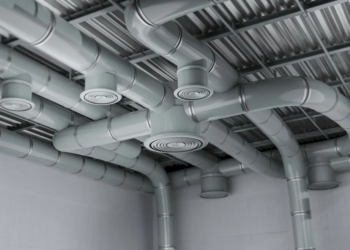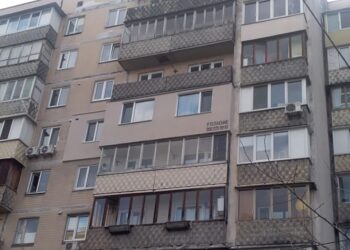Researchers at Rice University have found a way to program cement particles in concrete, making it stronger, stronger and more environmentally friendly.
In order to make improvements to the cement, the researchers looked at it at the nanoscale. They studied how the sewerage works in cement. Together with the amorphous clumps of particles that usually form, the team learned how to make cubes, rectangular prisms, dendrites, etc. out of them. These «pieces» are packed more tightly, and the end result is better water retention in the concrete and protection from collapse on the inside..
Rougeh Shahsawari, lead author of the study, says: «We call it programmable cement.».
In order to direct the particles to form predetermined shapes, the team of scientists adds surfactants and calcium silicate with a positive or negative charge to the mixture (before exposing the mixture to carbon dioxide or ultrasound).
Cement production is one of the largest perpetrators of greenhouse gas emissions, although recent studies have shown that the material can be a carbon sink, which partially compensates for the environmental damage from its production. But the new method by Rice University researchers will also reduce the harm of cement to nature by reducing its production: “Builders will need less new cement because it will be stronger and stronger. «.








